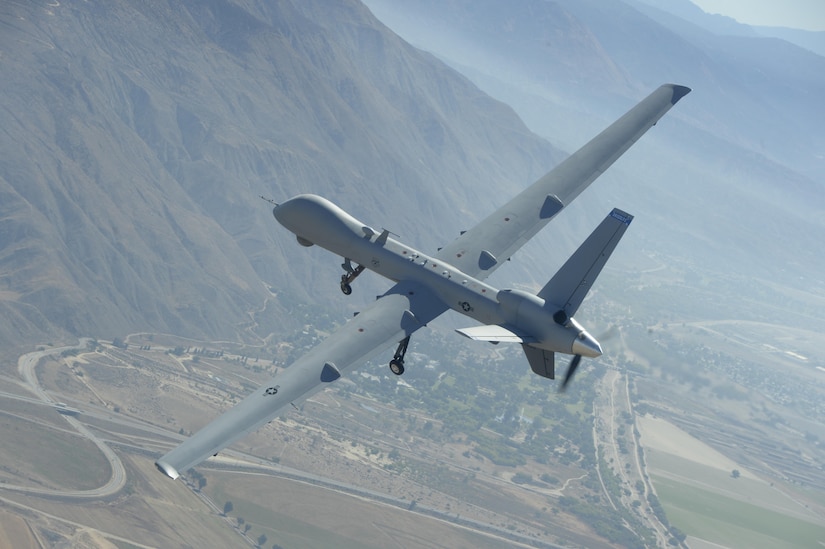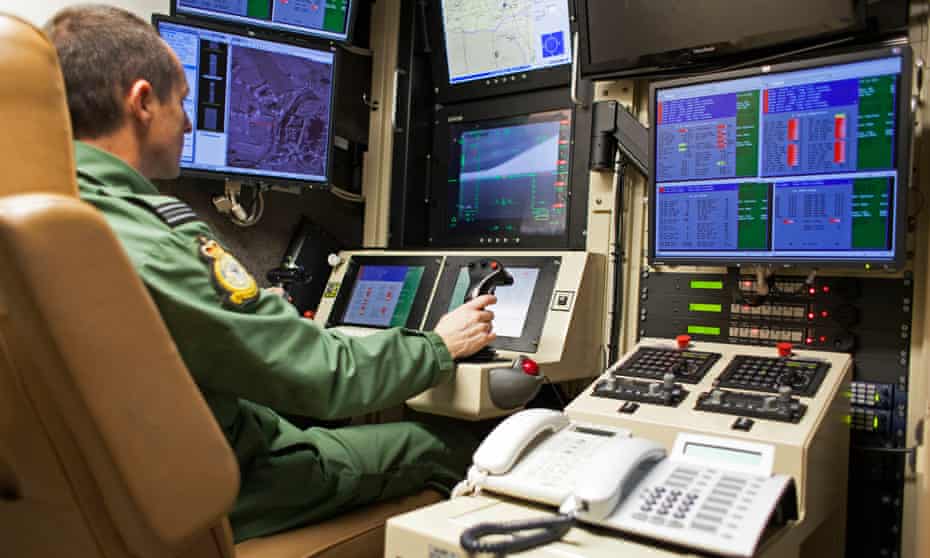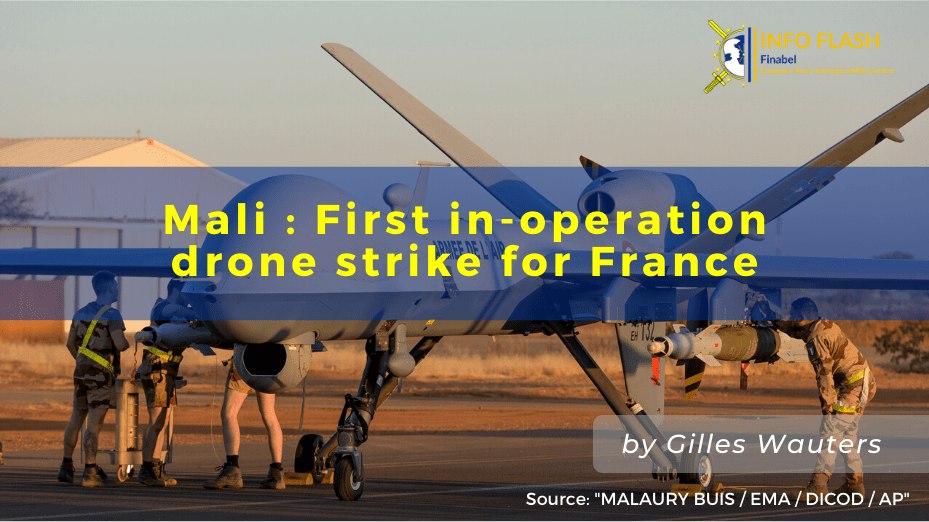
You have come to the right spot if your goal is to buy a small drone. This review will examine the pros and con of the Cheerson CX-10C. Syma X26., Parrot ANAFI PF728000. and DJI Mavic3 axis. GPS. These are just a few of the many models available on the market today. We'll also be covering other models, so make sure you read on.
Cheerson CX-10C
If you are looking for a mini drone, you may want to check out the Cheerson CX-10C drone. There are many options for this drone. The camera version is one of the variants. It can take pictures or videos and store them on an SD card. This version can also hold altitude thanks to the drone’s barometric sensor. This version can also come in rainbow colors. It can be controlled via an Android and iOS phone.
Syma X26
If you are looking for a mini drone that is affordable and powerful, the Syma X26 Mini Drone could be a good choice. The drone has overcurrent protection, an automatic headless mode as well as auto-hovering, obstacle avoidance, flashing LEDs, and flashing LED lights. The drone weighs only two pounds and can fly for up to 70 meters. You can control it remotely from 30 meters away.
Parrot ANAFI PF728000
Parrot ANAFI PF728000Mini Drone is a lightweight, autonomous flying device. It has a range from 4.6 km to a flight time in excess of 25 minutes. Mounted on a gimbal at a 180° tilt, the FPV cam is mounted. It features 3-axis hybrid imaging stabilization, can record in slow motion and zoom up to 2.85x. The foam carrying case comes with the kit and it is ready for use once it's assembled.

DJI Mavic 3 GPS axis
Even if you are an experienced drone user, the Mavic 3 axis GPS mini-drone has excellent image quality. If you don't have enough computing power to manage large files, this may not be the right choice for you. This DJI Mavic 3 review will examine the pros and cons of the drone and offer our take.
Eachine e012hw
The E012HW Mini Drone from Eachine is a fantastic option. The drone is only 15 grams in weight and can be flown both indoors and out. With a remote control that utilizes four 2.4G channels, you can fly the drone outdoors or on a terrace. The drone has an altitude mode and can be controlled with a smartphone. It is simple to fly and comes with a phone holder so you can record your flight.
JJRC H36
The dimensions of the JJRC mini drone H36 are approximately 8.5 cm x 3 cm x 2 cm. It weighs around 22 grams with battery. It takes approximately six minutes to fly. The transmitter and batteries can be easily replaced as they are small. A key return feature makes it easy for the quadcopter to be controlled. It is extremely easy to fly. Even a child can use it.
Holy Stone HS: 165
This miniature drone was designed for amateur FPV, and low-level aerial photography. The drone comes in a minimalist package that contains no extras. Its lightweight box measures 11.5 x 8.25 x 3.3 inches and weighs about two pounds. The box is sturdy enough to protect the contents inside, and comes with propellers and rubber feet for a secure landing. It is not necessary to purchase a landing scooter, as the remote controller is already included.

Tello
Tello mini drones let you fly robots and can even be used for short video clips. You also get a coding education guide. Find out more about Tello and drones. Learning can be fun. The drones can be purchased at most retail stores for as little as $30. If you're new to drone programming, what options do you have? Tello is well worth the effort, as it offers a lot of great free stuff!
FAQ
What are the rules and regulations for drones operation?
The FAA must register your drone. The registration process involves providing information about your drone, such as its weight, size, battery power, and frequency. You will also need to get an FAA identification number.
What are the laws regarding flying drones
The Federal Aviation Administration (FAA), regulates drone operations in the United States. To operate a drone commercially, you must first get a certificate from the FAA. Then, you must complete a course in piloting skills and pass an exam. You will then need to pay an agency fee.
Is it possible to fly my drone in my backyard?
Yes! These are called UAVs, or unmanned aerial vehicles. There are many kinds of drones today. They range from small quadcopters, to large fixed-wing planes. The FAA recently updated its rules regarding commercial UAV use. You can now legally fly them to business purposes. It is important to remember that UAVs are not allowed near airports.
Which US states make drones legal?
You can legally operate a drone for hobby purposes. The Federal Aviation Administration (FAA), established guidelines that allow individuals to fly small unmanned aircraft systems. These UASs must be registered with the FAA before they can be flown. If certain conditions are met the FAA will allow commercial operators to fly these drones.
Statistics
- According to the multiple listing service (MLS), houses and apartments with drone photographs are up to 68 percent more likely to sell than those without pictures. (thedroneu.com)
- According to Indeed, a drone pilot gets paid $25.73 per hour on average in the US. (dronesgator.com)
- With the top 10% making over $100/h and the bottom 10% making as low as $10/h. (dronesgator.com)
External Links
How To
How to Fly Drones at a Beginning Level
A drone is a remote-controlled aircraft used for aerial photography, cinematography, surveillance, scientific research, and hobby purposes. Drone technology has been around since World War II. DJI's Phantom series quadcopters were first commercially available in 2010. Since then, there have been many different types of drones available, from beginner-friendly models like the Parrot AR Drone 2.0 to professional-grade multi-rotor craft like the DJI Mavic Pro.
There are many methods to fly a Drone, including
-
Remote control - This method uses a control device attached to your hand, which enables you to steer the drone through its flight path. There are two types of controllers available: joysticks and on/off switches.
-
Manual Control – This allows remote operation of the drone via GPS coordinates using a smartphone application. You must keep track of the location where you want the drone to go and follow the instructions from the app.
-
Autonomous Flight - This method involves leaving the piloting duties to the drone itself. It's basically flying autonomously without any human intervention. The drone must be equipped with a camera and sensors that can capture images and data in order to fly autonomously.
-
Triggered Flight: This is similar in concept to manual control. The pilot manually creates a route and the drone then follows it until it reaches that endpoint. After the program is complete, the drone automatically returns to the ground.
-
Landing Gear: Some drones have landing gear that allows them safely to land in case they lose power or run low on battery.
-
Goggles – Pilots often wear goggles while flying to keep themselves safe from any debris.
-
Camera - Some drones can be equipped with cameras which enable you to capture photos from the sky.
-
Obstacles – Some drones have obstacle avoidance systems that stop them from colliding with obstacles.
-
Speed - Some drones reach speeds exceeding 40 mph.
-
Battery Life - Most drones last between 20 and 3 hours depending on how much power they have.
-
Some drones are capable of traveling up to 30 miles depending upon their make and model.
-
Power source - Not all drones can use an external power source. Others can run on internal batteries.
-
Weight - Some drones are lighter than others, while some models can weigh as much as 4 pounds.
-
Size - The size of drones varies from small, easily carried devices to more substantial crafts that weigh in excess of 50 pounds.
-
Price - Drones come in a variety of price categories, including high-end models which can run into the thousands and low-cost options that can start at $100.